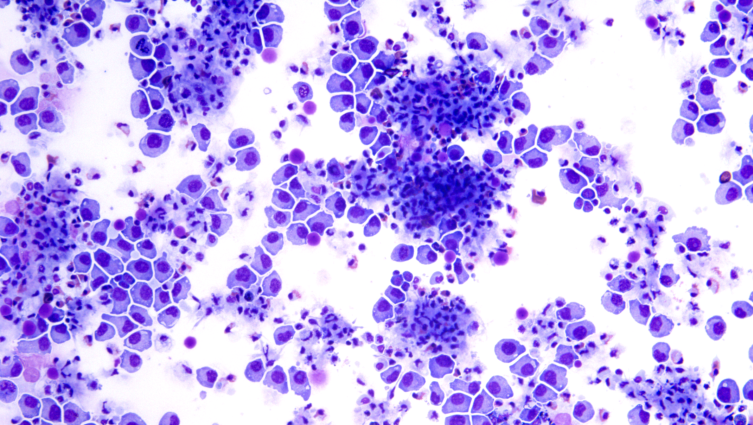The genomes of contagious cockle cancers have an unexpected high level of genomic instability
The cells of transmissible cancers have the ability to move around in seawater, transmitting the disease to new individuals.
The genome of these cancers has now been sequenced for the first time in cockles, revealing new information about how these cancers have spread through populations over hundreds or thousands of years.
The study, from researchers at the Universidade de Santiago de Compostela in Spain, the Wellcome Sanger Institute in the United Kingdom, and collaborators across 11 countries, including Portugal, revealed that these cancers are genetically very unstable. In particular, it was observed that different cancer cells from the same tumour contain very different numbers of chromosomes, ranging from 11 to 354.
The study published in the journal Nature Cancer, carried out by researchers from the University of Santiago de Compostela (Spain), the Wellcome Sanger Institute (United Kingdom) and collaborators from 11 countries, including Portugal, found that these cockle tumors are highly genetically unstable. In particular, it was observed that different cancer cells from the same tumour contain very different numbers of chromosomes, ranging from 11 to 354.
In this new study, the team focused on the common cockle (Cerastoderma edule), a type of small shellfish that inhabits the coasts of Europe and north-west Africa and is often harvested for food. These animals can catch transmissible cancers that are spread by living cancer cells, passing from one cockle to another through the seawater. However, these cancers are not transmissible to humans and are limited to susceptible cockles.
The transmissible cancers that infect cockles are called bivalve transmissible neoplasia. These cancers affect the cockle's immune system, causing a disease similar to leukaemia, which spreads throughout the body and is usually lethal for the infected animal. Eight independent types of bivalve transmissible neoplasia have been identified so far in clams, cockles and mussels.
This study also produced the first cockle reference genome, an important step in investigating the evolution of transmissible cancer in this species.
The authors collected around 7,000 cockles from 36 sites in 11 countries, including Portugal, Spain, the United Kingdom, Ireland and Morocco. From this collection, the team genetically sequenced 61 cockle tumours and managed to demonstrate the existence of two different types of bivalve transmissible neoplasia, whose cells even look visually different under the microscope.
Ana Margarida Amaral, co-author of the study and CCMAR's liaison officer for the Portuguese node of the European Marine Biological Resources Centre (EMBRC.PT), commented. "The discovery of transmissible bivalve neoplasms that persist in the sea for centuries or even millennia serves as testimony to the remarkable diversity of life forms that we can find in the sea and their enormous capacity for adaptation." The researcher adds that "this study shows a significant advance in understanding the complexity of leukaemias in marine bivalves and highlights the importance of research infrastructures, such as those provided by CCMAR within the European Marine Biological Resources Centre (EMBRC), which allowed the samples to be collected and the development of this study. The EMBRC.PT provides research services to universities, institutes and companies, enabling the advance of science and the blue economy".
The researchers expect that studying the way genomic instability is managed by cockle cancer cells will provide useful information for understanding how this phenomenon works in other forms of cancer, including human cancers.
Article:
A.L. Bruzos, M. Santamarina, D Garcia-Souto, et al. (2023). Somatic evolution of marine transmissible leukaemias in the common cockle, Cerastoderma edule. Nature Cancer. DOI: 10.1038/s43018-023-00641-9




